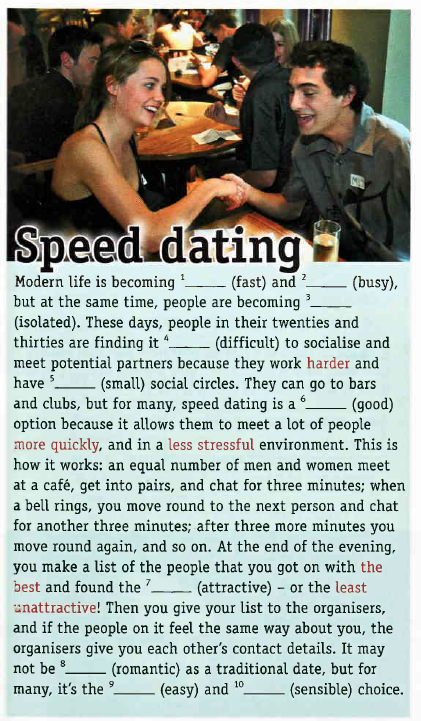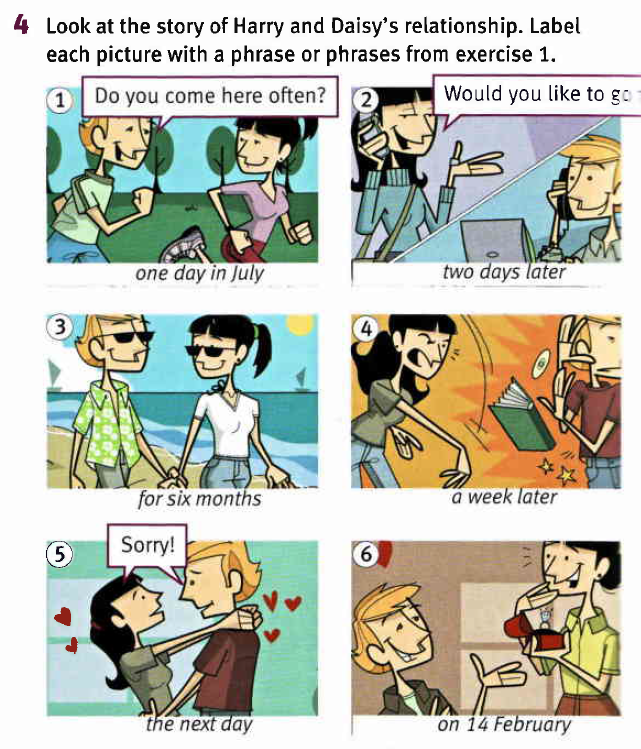- The plan, which is designed for parts A-B, unit 7 in the book Solutions Intermediate chosen for the English Integrated Skills course, is long and a bit demanding because the target learners are taking a bachelor degree in the English language and will be able to work as a translator, interpreter or a teacher of English later. They have to pass the national university entrance examination to get enrolled in this program. The lesson content itself might be considered a bit easy for these students, but it is part of the currently used course materials.
- Students are shortened as Ss; T for teacher.
- It is assumed that T would create a Tumblr page for the whole class where class materials, homework and thoughts are regularly posted and shared.
- Pre-homework is not related to the former lesson (Unit 6) but is to prepare for this lesson. The post-homework is a follow-up activity of this lesson.
- The plan is designed for a real lesson, so it includes not only MALL activities but also other classroom tasks that facilitate the students’ learning and cover essential parts of the lesson content.
LESSON PLAN
Setting: Vietnamese learners of English (first-year undergraduate students in BA English) at the age of 18-20, intermediate level (B1 level of CEFR – Common European Framework of Reference for Languages – framework).
Lesson context: This lesson is the first parts A-B of Unit 7 – True love? in the textbook Solutions Intermediate (by Tim Falla & Paul A. Davies, 2012). Parts A and B of this unit cover the vocabulary about Dating and Relationships and the grammatical point of Comparative and Superlative for adjectives and adverbs.
Language objectives: At the end of the lesson, students will be able to talk about “dating and relationships” and to discuss/exchange opinions about the topic using comparison.
Pre-homework: (no homework for the previous lesson which is a review of Unit 6)
– Groups of Ss receive different audio files of “relationship” situations (i.e., about couples’ conversations at different stages of a relationship) via email from T. They are required to prepare a role-play of their dialogue and perform/cast it for the whole class in a warm-up guessing activity. Questions for task clarification can be posed via email or Facebook Messenger with T.
(MALL used: The dialogues are in the audio file form, so Ss can open their Gmail app on their mobile phone, find the homework email and listen to the file everywhere at any time).
| Time | What students are doing | What teacher is doing | Materials | What this activity accomplishes |
| 10 min | Acting out
Ss act out their dialogues prepared at home; other groups watch and give a word/phrase they would use to name the situation (they do not need to use the exact vocabulary, but can use their own words instead) |
– Asks Ss to watch carefully and give a guess
– Elicits Ss to guess what the situations are about and name them; then writes the answers on the board |
Board | – Warm-up and lead-in to topic “Relationships”
– Speaking and listening practice for Ss – Create a relaxing atmosphere to start the lesson |
| 7 min | Learning “Relationship” vocabulary
Ss learn the vocabulary about love/relationships |
Elicit Ss to come up with the vocabulary in the textbook (some might match the words Ss brought in the warm-up activity) | Textbook; board | – Ss get to know the vocabulary |
| 5 min | Story telling
Ss work in groups and retell Harry and Daisy’s relationship based on the pictures in the textbook |
Monitor and facilitate if necessary | Textbook | Ss can talk about relationships/love using the new vocabulary |
| 7 min | Group performance
Two groups tell the story to the whole class (representatives nominated or co-presenters) |
Listen and give feedback after Ss finish the story | Board | Ss have more opportunity to practice speaking and using “relationship” vocabulary |
| 20 min | Comparison search
|
Show the Instagram page with groups’ Facebook findings on the PPT slide, and check answers with Ss collectively | Ss’ mobile phone (at least a Smartphone/each group); PPT slides | – Review and raising awareness of comparison structure
– Expose Ss to authentic use of comparison forms. – Ss get more engaged with such mobile learning experience. |
| 13 min | Reinforcing form, meaning and use of comparison
Review and gain deeper understanding of comparison form (superlative and comparative) by answering T’s questions |
Elicit the comparison form (for both adjectives and adverbs) and exceptions | Board | Gain deeper understanding of comparison form and usage |
| 10 min | Speed dating
Ss divide themselves into two lines sitting opposite each other (pair-to-pair), and try out Speed Dating (introduced in the reading context) in 10 minutes |
Monitor and facilitate the activity
(i.e., signal the speed conversations to start and stop for next question; read out the question for Ss to talk about) |
Desks and chairs rearrangements; the most popular seven speed dating question list (shown on PPT screen or read by T) | Ss get to know what Speed dating really is, which helps their discussion and brainstorming for later activities
More speaking involvement |
| 10 min | Traditional vs. Modern dating
|
Go around, monitor and facilitate; confirm each group has one recorder | None | Time to practice speaking using comparison |
| 8 min | Group representation/performance
Two groups volunteer to summarize the idea they had discussed |
Listen carefully, write important ideas on the board, and give feedback | Board | Confirm Ss’ use of comparison structure and assess their understanding |
| 8 min
|
Video watching
Ss watch a TED video called “Falling in love is the easy part” presented by Mandy Catron (08/2015) |
Turn on the video | PPT | Ss get an idea for blogpost after lesson |
| 2 min | Giving homework
Listen carefully, and get the question set for their own group.
|
|
Give instructions | |
| HW for the following lesson:
– Groups follow homework instructions, discussing ideas and writing a blogpost about their opinions, then update it on the class blog page – Each group needs to leave at least 3 comments on other groups’ posts. (All the materials and teaching aids like handout content or videos would be posted by T in the section Resources on the class blog) |
||||





